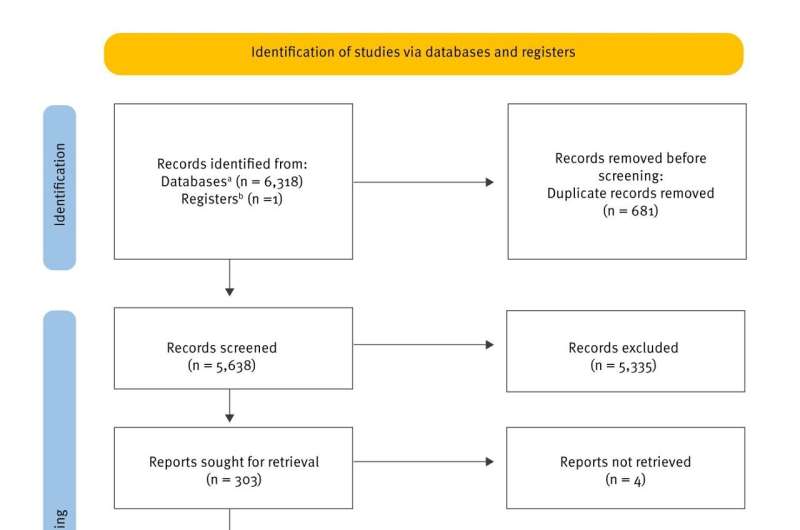This article has been reviewed according to Science X's editorial process and policies. Editors have highlighted the following attributes while ensuring the content's credibility:
fact-checked
proofread
Is active screening for tuberculosis among vulnerable populations cost-effective?

Early detection and prompt treatment of tuberculosis (TB) are the main pillars on the way to ending TB as they help prevent further transmission. Finding those at risk of developing infection, however, requires extra efforts, particularly in settings where TB incidence levels are generally low, i.e., when there are less than 10 TB cases per 100,000 population.
This is where active screening targeting populations at higher risk of TB infection, which includes people in urban areas with lower incomes, people experiencing homelessness, communities in remote or isolated areas, indigenous populations, migrants, refugees, internally displaced persons, and other vulnerable or marginalized groups with limited access to health care, could help to detect (latent) infections.
In Eurosurveillance, Gogichadze et al. present the findings of their systematic review on active pulmonary TB screening programs run between 2008 and 2023 in so-called high-risk groups living in low TB incidence countries.
The authors wanted to identify if active searches for pulmonary TB would be cost-effective given that the passive case-finding approach may not be sufficient in the effort of detecting and treating TB patients.
Active case finding makes a difference
In their search, the authors found 6,318 articles based on their search criteria and included nine of them in their review with the specific angle of active case finding that e.g. included chest X-ray, tuberculin skin test, interferon-gamma release assay and a symptoms questionnaire for screening.
Analyzing the results of the reviewed articles, Gogichadze et al. conclude that "screening immigrants from countries with a TB incidence with more than 40 cases per 100,000 population and other vulnerable populations as individuals from isolated communities, people experiencing homelessness, those accessing drug treatment services and contacts, is cost-effective in low-incidence countries."
A comparison between levels of cost-effectiveness was, however, not possible due to the data heterogenicity and, according to the authors, requires further harmonization of the methods for cost-effectiveness analysis.
They summarize that "based on the findings spanning 16 years and the guidelines available, we have listed several recommendations for optimizing study design for active screening programs for TB in low-incidence countries. Firstly, to guide policymakers, cost-effectiveness analysis should always be part of TB screening activities targeting high-risk groups in low TB incidence countries."
"Additionally, cost-effectiveness studies should follow national economic evaluation guidelines in case they are available and consider the published WHO guidance. Moreover, the cost-effectiveness analysis should encompass not only the expenses related to screening but also those related to diagnosis and treatment."
More information: Nino Gogichadze et al, Cost-effectiveness of active tuberculosis screening among high-risk populations in low tuberculosis incidence countries: a systematic review, 2008 to 2023, Eurosurveillance (2024). DOI: 10.2807/1560-7917.ES.2024.29.12.2300614



















